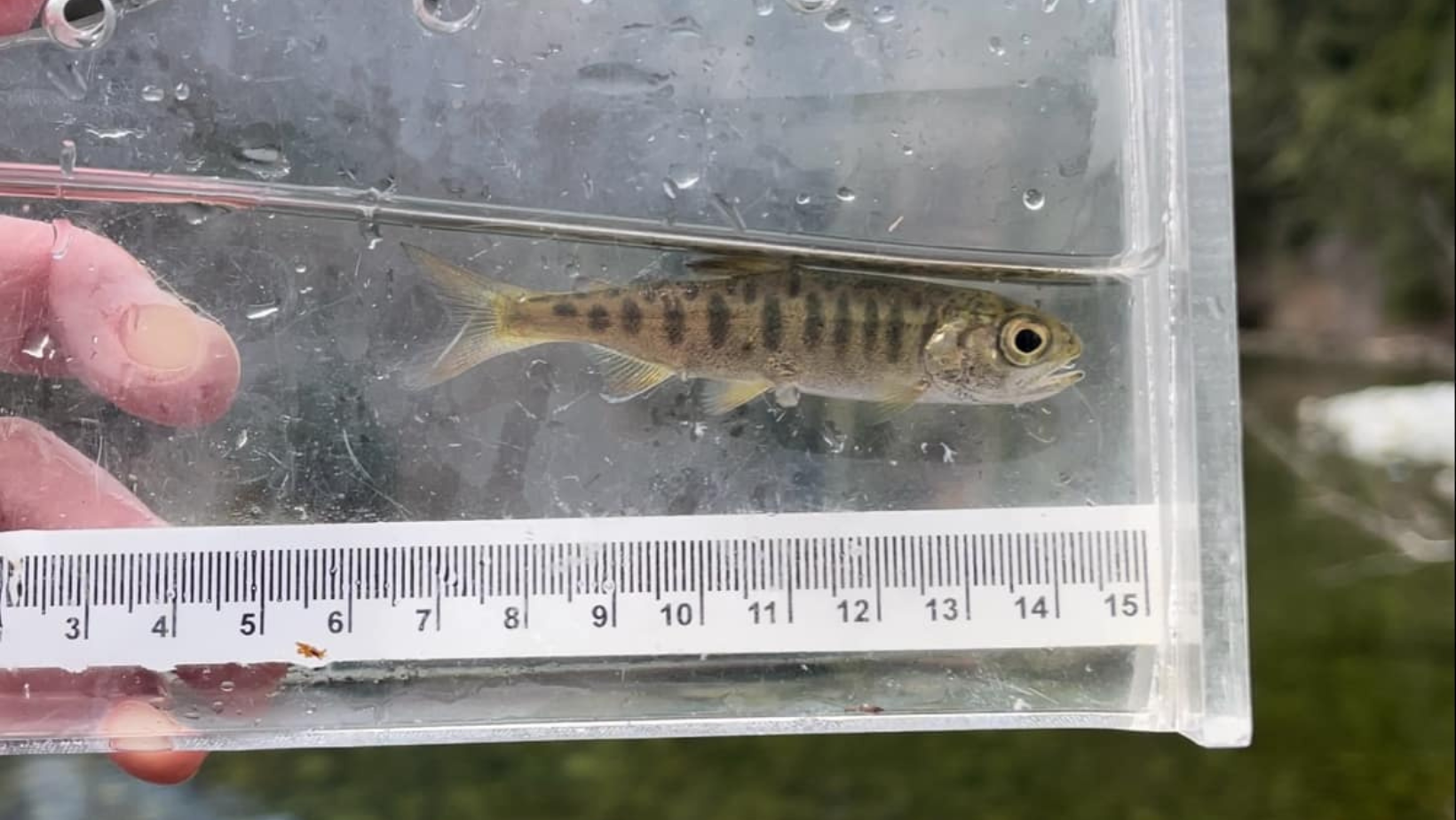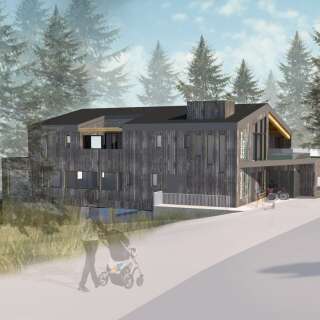Announcing the 2024 Biosphere Research Award

We are excited to announce the recipient of the 2024 Biosphere Research Award. This year, the CBT awarded $20,000 in funding to Ha’oom Fisheries Society for their Coho Vitality Project.
We deeply appreciate the efforts of the Research and Environment Advisory Committee, comprised of dedicated local volunteers, for their time and efforts to review each application.
To learn more about the project, or connect with the project leaders, email colin@clayoquotbiosphere.org.
Coho Vitality Project – Ha’oom Fisheries Society
Ha’oom Fisheries Society (HFS) aims to assess the health of the local cuw̓it (Coho) populations. Cuw̓it is one of five native salmon species in BC waters and holds immense significance within the nuučaan̓uł (Nuu-chah-nulth) worldview, symbolizing a sacred relationship between the people, the salmon, and the land. Recent estimates of cuw̓it populations in ƛaʔuukʷiʔatḥ (Tla-o-qui-aht First Nations) watersheds reveal alarming declines, posing threats to both food security and the cultural integrity of the community. Furthermore, conservation and monitoring efforts for West Coast Vancouver Island (WCVI) cuw̓it have been hindered by a lack of accurate abundance data, stemming from the closure of directed troll fisheries in 1997 due to severely depleted stock levels.
Without in-season estimates, we do not have a reference point for the health of WCVI cuw̓it, leading to an inadequate understanding of the status of our local populations. Thus, developing a reference point for cuw̓it populations in Clayoquot Sound is essential for the sustainable management and conservation of local cuw̓it populations, as outlined in the Wild Salmon Policy. Traditional population monitoring approaches used for other species of salmon, such as chinook, have proven inefficient for Coho salmon due to the lack of direct measurements of adult returns, juvenile production, and catch estimates. However, assessing the capacity of available freshwater habitat for juvenile coho can serve as an alternative to these traditionally used methods, as it provides Clayoquot Sound wide escapement goals and estimates of our local streams ability to produce juvenile coho.
This project will begin in the fall of 2024 and will be led by Hutton Noth, a former junior biologist with HFS and a graduate student at Simon Fraser University. The habitat capacity model will be developed by estimating the length of suitable habitats within the study area, focusing on accessibility for juvenile salmon. This includes identifying any barriers, such as steep gradients, man-made structures, or waterfalls, that might prevent fish from moving freely. Next, we'll use existing monitoring data collected by various local organizations to predict the relationship between stream characteristics and the number of juvenile salmon (smolts) the habitat can support. By pairing smolt numbers with adult spawner data, we can better understand how many spawners are needed to fully populate the available habitat. Finally, we’ll calculate the total number of spawners required to ensure a healthy population of juvenile salmon throughout the area which will serve as a population reference point. Although this method provides a coarse estimate, it’s a valuable starting point for managing and maintaining cuw̓it populations in Clayoquot Sound, a region where data is limited.
Starting in the spring of 2025, this project aims to address critical knowledge gaps highlighted in the preliminary analysis, focusing on how cuw̓it smolts use different habitat variables across various river reaches in Clayoquot Sound. The fieldwork will include juvenile swims, fish sampling using seining nets, and measuring habitat variables such as stream depth and water quality. This data will enhance the accuracy of our habitat capacity model and thus project more accurate estimates of cuw̓it reference levels.
HFS’s research focuses on informing the communities in Clayoquot Sound about the health of cuw̓it salmon. By implementing a juvenile cuw̓it monitoring project, they aim to establish a baseline understanding of the key species' current health and habitat use to help inform restoration, enhancement, and management. Through this project, HFS also contributes to habitat conservation, as data on juvenile cuw̓it abundance and habitat use will allow for the identification of critical rearing habitats—or the lack thereof.
Ha’oom Fisheries Society and this project work to rebuild and sustain healthy cuw̓it populations within the five First Nations territories in the region and adhere to the nuučaan̓uł principles of hišukiš čawaak (everything is connected, everything is one) and isaak (respect).
By promoting the conservation and sustainable management of cuw̓it salmon and their habitat within the Clayoquot Sound Biosphere Region, we uphold the UNESCO biosphere region principles. Protecting cuw̓it also works to protect and foster the sacred relationship between nuučaan̓uł people, salmon, and their rivers. We also hope that by beginning to understand the health of this species, we can raise awareness of the importance of cuw̓it salmon within Clayoquot Sound and motivate behavior change among community members.
-Ha’oom Fisheries Society



